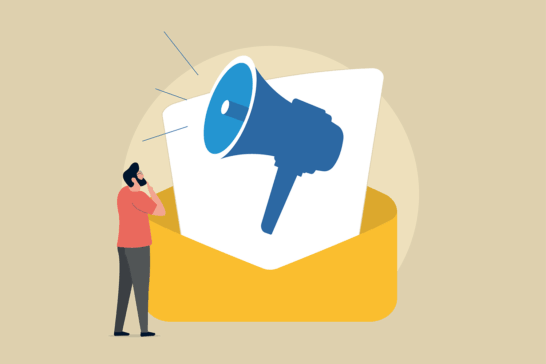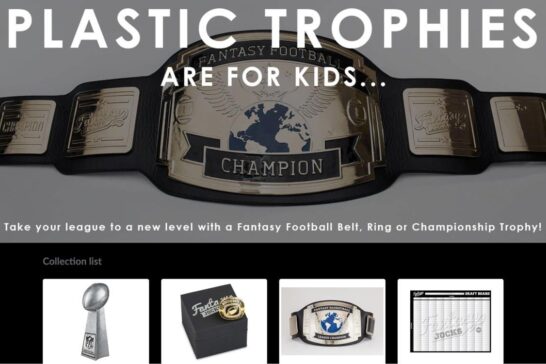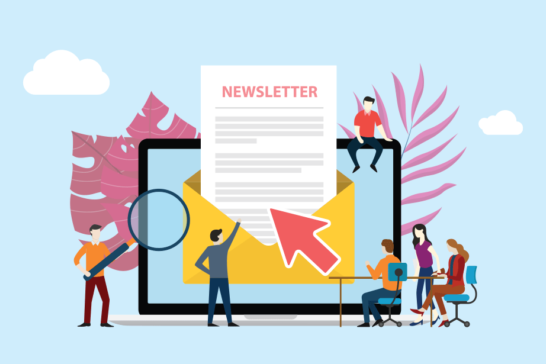One of the more common traps that marketers fall into is making the features of a product or service the star of the sales pitch. It's understandable, in a way.
Business owners work hard to create products and services that will appeal to consumers, and it's only natural to want to turn the spotlight on their efforts. The trouble is, the average consumer is most interested in results.
The services you are selling may boast the most exciting innovations in the field, but in the final analysis, customers want to know how those services are going to enhance their lives. They want to feel the benefit.
That's why, when it comes to marketing a product or service on the web (or anywhere else for that matter), it's the benefits, not the features, that should take center stage.
Confusing Features with Benefits
Of course, it's easy to confuse features with benefits, and before you can launch a successful marketing campaign you have to learn how to differentiate between the two. Generally speaking, features are the cold hard facts about a product or service. They're the nuts and bolts of the operation. It's the boring stuff.
Benefits, on the other hand, are the result of those features. They represent what the service can do for the customer. Specifically, how it can solve a current or ongoing problem, or how it can address the general needs of the consumer.
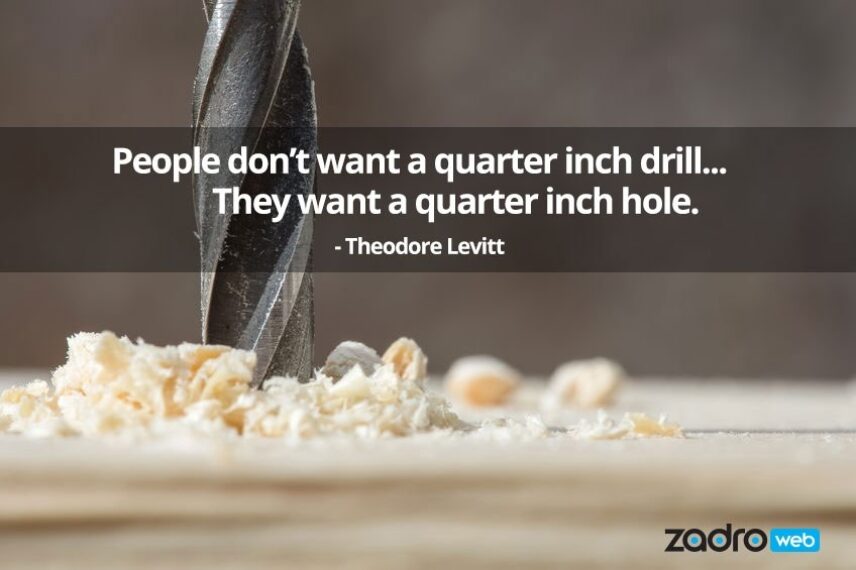
As a simple example, our SEO firm might advertise that we have a hand-picked team with over 15 years of experience in digital marketing. That's all well and good and is actually a viable feature-specific selling point. However, what the customer really wants to know is how our wealth of experience is going to help their business.
The benefits of our experience, the ability to improve page rankings and increase revenue, are the real selling points. That's what's going to grab the attention of someone searching for a new SEO team.
The Problem with Feature-Only Marketing
The trouble with marketing features instead of benefits is that it puts an unnecessary burden on the consumer. It assumes that they will understand the nature of the features being advertised, how they can be implemented in any given scenario, and what results or benefits will be produced?
Now, you should never underestimate the intelligence of your audience, and chances are they can make the necessary connections. But they shouldn't have to, and most won't take the time.
Moreover, when you market features over benefits, it's all too easy to lapse into industry jargon. That's extremely off-putting to a potential customer, and they will be much more likely to move on to another vendor - one whose marketing campaign speaks to their needs, not to their intellect.
People need simplicity and emotion. These are 2 of the 6 core principles in Made to Stick, a book I highly recommend.
Defining the Benefits of Your Product or Service
While the features of a service shouldn't be the star of a marketing campaign, they can be used to help define the benefits of any product or service.
For example, one of the major selling features of a new hybrid auto is the higher gas mileage. The benefits here are clear. The greater fuel efficiency means that the customer saves money at the pump. The feature (fuel efficiency) naturally defines the benefit (money-saving opportunity).
So, how do we expand this concept, and what is the formula for finding the benefits of what you're selling?
- List all your features - You built these features into your product/service for a reason, right? Make a comprehensive list of all these features in a column.
- Brainstorm on the benefits - In a 2nd column, start to write down what the benefit is of each feature. Is it to save time or money? Is it to grow a business? Is it for health reasons? Write down all that comes to mind.
- Get emotional - And finally, find an emotion that correlates to each benefit. Saving time is a great example of a benefit, but saving that time to have more quality time with your family adds emotion to the benefit.
This marketing strategy will give you a selection of selling points that have the potential to engage an audience and convert them into paying customers.
Telling Your Story
Naturally, a good marketing campaign needs to be more than just a list of perceived benefits. You have to tell an engaging story that not only establishes your brand but describes what your products and services can do for the consumer.
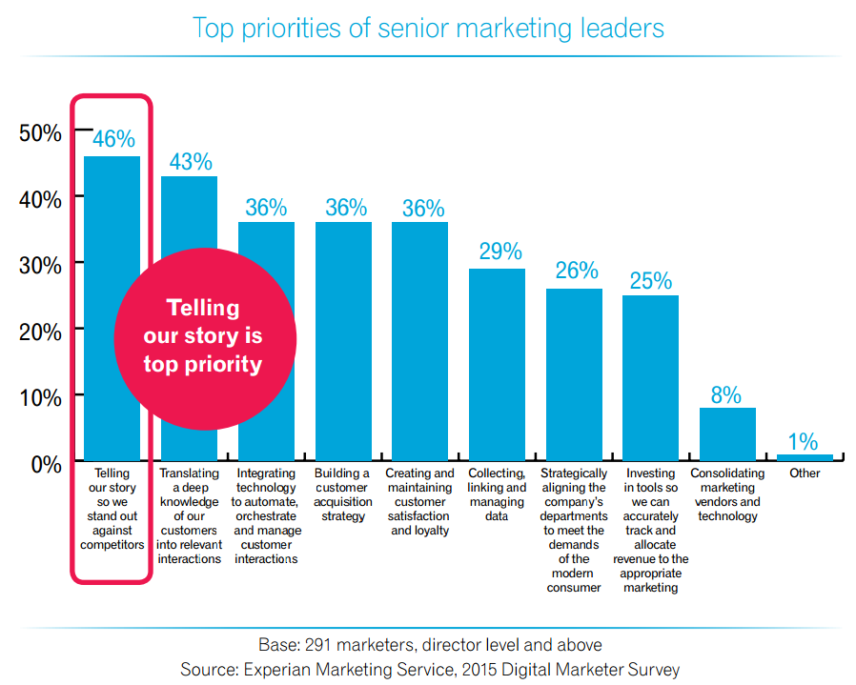
To do this effectively, you must first understand your target market. When someone is searching for a business or a product like yours, what questions are they asking? How can you connect with them on an emotional level?
Think about the customer's needs and the problems that they are trying to solve. How does your service, with all of its features and benefits, address the customer's needs and desires?
That's the story you want to tell, and that's the hook that can convert passive shoppers into paying clients.
As simple as it may sound, learning to sell the benefits of your services as opposed to the features takes time and practice. It's only natural to want to highlight the nuts and bolts of your enterprise. After all, that's your focus day in and day out.
In order to reach more customers, and increase your share of the market, you need to focus on the needs and concerns of your target audience. If you can learn to effectively market the benefits of your products and can demonstrate how your services can bring real value to the life of the consumer, you can take your marketing campaign to a whole new level.
In the end, people don't buy a product or service, they buy better versions of themselves.

